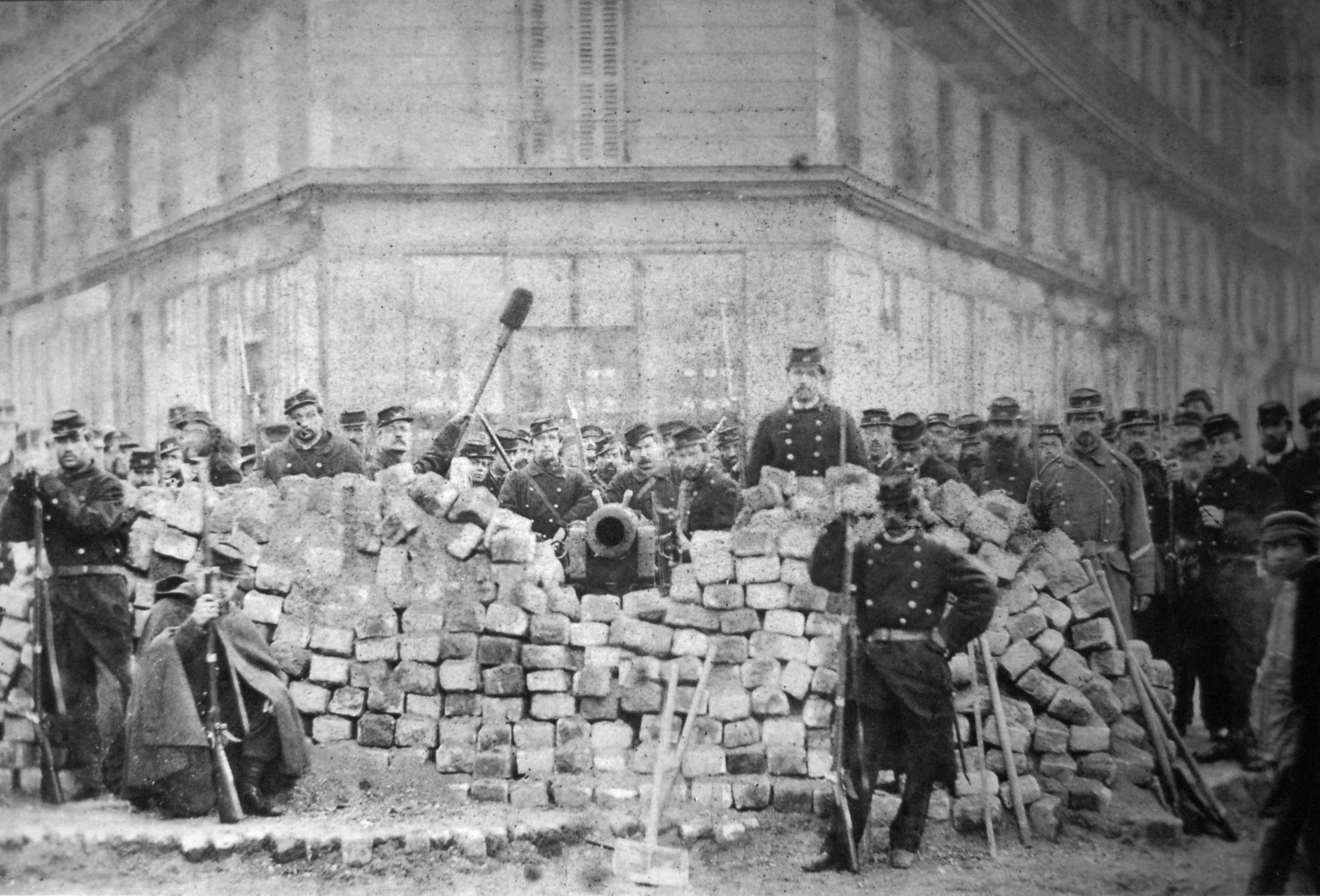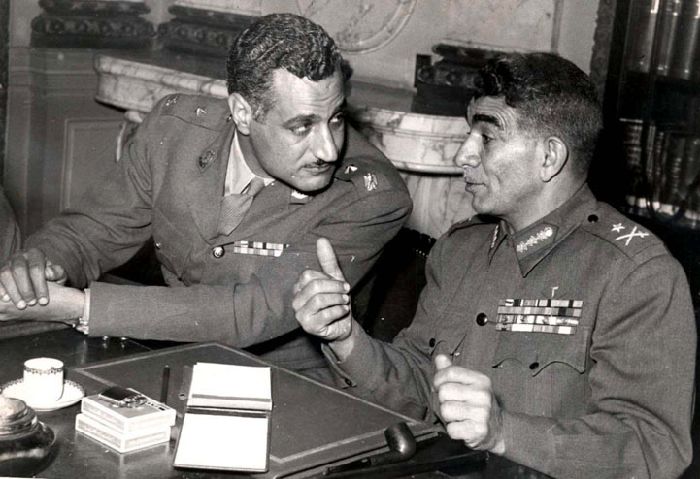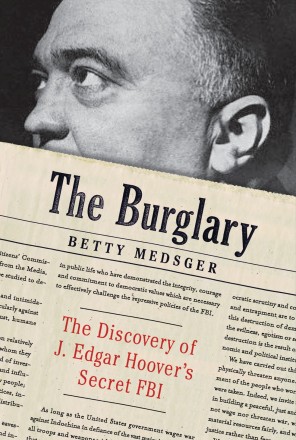In Honor Of The 143rd Anniversary Of The Paris Commune-On The Barricades- The Last Days-Long Live The Memory Of The Communards
Henri Languet, Jacques Monet, and Louis Dubois, three young proletariat stalwarts who were apprentices at Jean-Paul Balin’s saddle shop (and hence of stocky muscular builds to tackle the work and mild- mannered dispositions as befits future saddlers dealing with picky owners and recalcitrant horses) sworn an oath, a blood brotherhood oath (a workers’ brotherhood oath not uncommonly clinched in blood then) that they would be the last defenders, if possible, on the barricade Rue Marat (re-named from Rue Louis with the establishment of the Commune to honor a fallen hero of ’89) which they had helped build back in those heady March days. March days when after Theirs and his bloody troops had fled to Versailles all things seemed possible and they had constructed the barricade seemingly with their bare hands, grit and determinations to defend their project. Had taken a runty make-shift jumble of logs, wire, paving stones, bricks, old furniture and anything else they could scrabble for and turned it into a secure, covered and homey little guardhouse. Guarding as always in the first days against the perfidious Prussians who encircled the city and those damn savage Theirs mercenaries still on the loose.
But that was past and now in mid-May the three lads, lads who thought they would grow old in the splendor of their collective efforts and the efforts of others among the revolutionary working classes of Paris, were faced with the daunting and seemingly utopian task of fending off the counter-revolution brought forth by those same Theirs troops under the blood-thirsty General Gallifit. Still they had made their oath and the grimly determined look on their faces as they mounted the newly constructed parapet to take their turns at guard duty, arms in hand, to face the ever approaching boom of cannon and sound of rifle fire spoke of young men who were at peace with themselves.
The reports from the Central Committee of the National Guard and the Hotel de Ville were not good. The Prussians, in effect, had taken Thiers side (although the details of that collusion would not become known, known to them, anyway) and were letting his troops into the city through their lines. Most of the northern and eastern barricades had been smashed with heavy loss of life and serious recriminations. Summary executions and mass graves were already being reported throughout those sections of the city. Other acts of barbarity and atrocious behavior by Thiers mercenaries had also had an effect on morale and there had been some desertions and fleeing. Worse, ammunition and food supplies, always a problem from day one, were dwindling with no hope of replacements. Moreover there were signs that some leaders in military headquarters and some among the political leaders were panicking. Those reports, some true, some false, some just the normal fog of war had had small effect on the Rue Marat defenders, including our three stalwarts, since this section was the heart of the working- class where the heroic if tragic traditions of ’89 and ’48 were living memories, especially the latter and so there would be few defections, and less grumbling, grumbling about their fates here.
A couple of days after the solemn blood oath had been taken by the lads the roar of the cannons sent a shell with fifty meters of the barricade. Jean, on guard duty at the time, had seen the shell land and seen its effect blasting a huge hole in the lower floors of an apartment building nearby. That close cannon blast followed by the distant but audible tramp of marching feet meant only one thing, the defense at Rue Moulin had been breached and Theirs troops were headed to Rue Marat. They probably would be in front of the barricade, barring any guerilla skirmishes to hold them up, within an hour or two. The three young men and the approximately fifty other defenders, including some women, were all ordered to the barricade by Comrade Leclerc. Leclerc, who had shown himself to be recklessly brave in the past, in this case steadied his troops to the hopeless task in front of them. The tramping feet came closer.
In the event, true to their traditions of ’89 and ’48, the defenders of Rue Marat fought savagely to defend each inch of their precious barricade. We know now to no avail, we know maybe without even having to read about it, since we know how very few defenses by the oppressed of the world since Pharaoh’s times, maybe before, have been victorious. We know too that our three valiants fought savagely too, fought to the last paving stone. To no avail. The three, Jean grievously wounded, were captured by Thiers thugs, and marched about fifty paces from their beloved “home” and summarily executed. But note this-the three, knowing their fates were already sealed, defiantly shouted out Long Live The Paris Commune before the shots rang out. Yes, with the memory echo of such stout defenders in mind-Long Live The Paris Commune.













